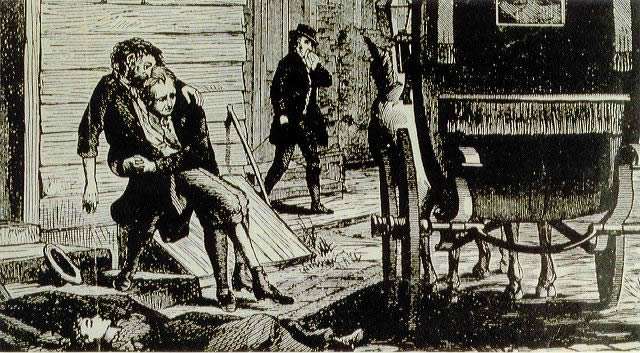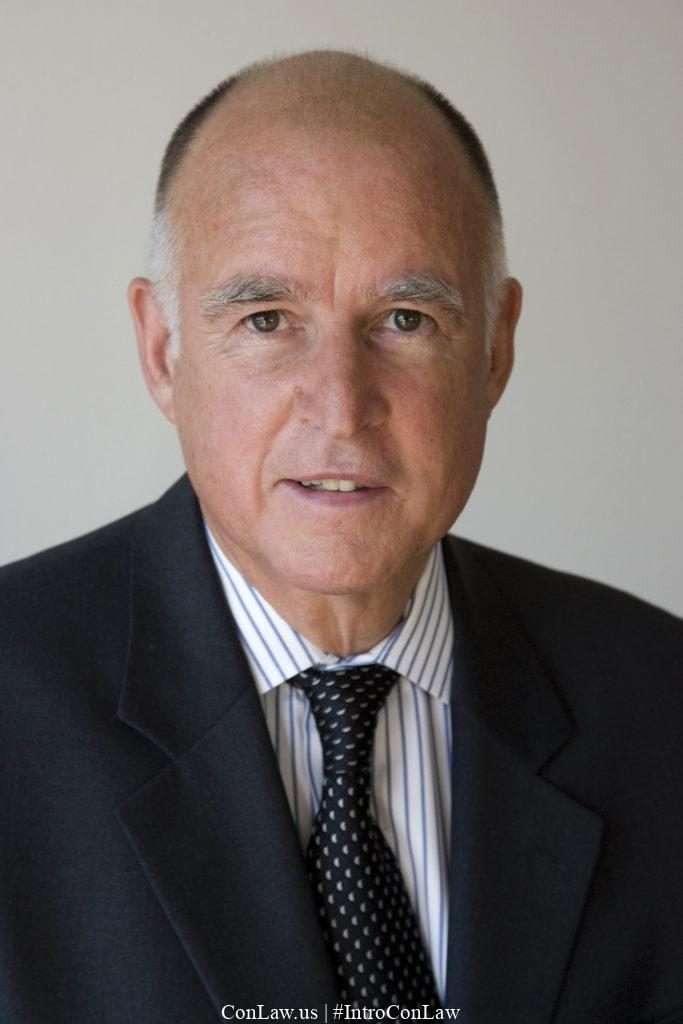
With questions lingering over whether President Donald Trump will declare victory before all ballots are counted, an already tense election could be taking an especially dark turn. Whether justified or not, fears of official shenanigans and election night rioting have prompted people and businesses in big cities across the country to start freaking out, boarding up, and preparing for possible riots.
On the one hand, all the boarded-up businesses and at-the-ready riot cops seem a bit overwrought. Americans have disagreed passionately about candidates and even presidential election results before without taking to the streets and burning shit down.
But Trump and Republicans have spent the past several months telling their supporters that voter fraud would be widespread this year, and in the past week they’ve only kicked up attempts to delegitimize election results should Democrats prove victorious. If victory is called for Joe Biden, there could be a lot of folks genuinely convinced that the results are a sham—and ready to do something about it.
Meanwhile, Biden supporters (or those who at least consider him the lesser of two evils) have seen weeks of polls and pundits telling them their guy will almost definitely win, while watching the GOP try hard to cast any scenario where Trump doesn’t win as suspect. And, according to Axios, Trump told those close to him that he will declare victory if he happens to have a lead as election night closes—all those yet-to-be-counted ballots be damned—though he has also publicly denied this.
Should anything like that happen, a lot of Americans will be justifiably irate and ready to do something about it. But with anger over Trump as intense as it is, even a seemingly legitimate victory would be likely to produce suspicion and some protests.
The White House on lockdown: A federal law enforcement source tells NBC that beginning tomorrow, crews will build a “non-scalable” fence to secure the WH complex, Ellipse and Lafayette Square.
250 National Guardsmen have been put on standby, reporting to Metro Police officials.
— Geoff Bennett (@GeoffRBennett) November 2, 2020
If history is any indication, whichever group might take to the streets on Tuesday night will be filled largely with law-abiding Americans who merely want to make their voices heard. But a minority who want to use more than just their voices can still be a seriously destructive force.
Businesses near city centers and protest hot spots aren’t crazy to take precautionary measures. What’s worrisome is the extra law enforcement cities are allegedly enlisting. If there’s one thing that can turn a boisterous-but-peaceful protest violent very quickly, it’s overzealous cops amped up on premonitions of chaos and fate-of-democracy-in-our-hands fantasies.
Faced with excessive action by authorities, even otherwise peaceful people may feel like more extreme action is justified and perhaps even helpful.
But “the first imperative of civil resistance is nonviolence—that is, maintaining the discipline not to strike out or strike back,” Judith Shulevitz reminds people at The Atlantic. And if the moral aspect isn’t enough, then think of practicality:
Nonviolence is effective for two reasons: The obvious one is that vandalism or fighting attributed to protesters, rightly or wrongly, will serve as an excuse for a crackdown. The less obvious but probably more important reason is that the ensuing chaos is sure to alienate the silent members of the public not yet sure which side to join.
In that sense, nonviolence undergirds the second rule of a winning protest strategy: It must pull in the mainstream. …. A prodemocracy movement’s most important constituencies are the institutions that keep society running: banks, businesses, the military, schools, the media, government bureaucracies, police, the judiciary.
FREE MINDS
More research disputes the conventional wisdom that the internet has led to people only consuming news that conforms to their biases. “The abundance of media options is a central feature of today’s information environment. Many accounts, often based on analysis of desktop-only news use, suggest that this increased choice leads to audience fragmentation, ideological segregation, and echo chambers with no cross-cutting exposure,” states the abstract of a new paper published in Proceedings of the National Academy of Sciences. And yet:
Contrary to many of those claims, this paper uses observational multiplatform data capturing both desktop and mobile use to demonstrate that coexposure to diverse news is on the rise, and that ideological self-selection does not explain most of that coexposure. We show that mainstream media outlets offer the common ground where ideologically diverse audiences converge online, though our analysis also reveals that more than half of the US online population consumes no online news, underlining the risk of increased information inequality driven by self-selection along lines of interest. For this study, we use an unprecedented combination of observed data from the United States comprising a 5-y time window and involving tens of thousands of panelists. Our dataset traces news consumption across different devices and unveils important differences in news diets when multiplatform or desktop-only access is used.
FREE MARKETS
Oregon will vote on lessening penalties for possession of all sorts of drugs. An initiative on the state’s 2020 ballot—Measure 110—would be a huge step forward, even if it’s not exactly the decriminalization measure many are making it out to be. If Measure 110 passes, Oregonians caught with small amounts of LSD, heroin, cocaine, and other “hard drugs” would no longer face incarceration or other harsh penalties, the Associated Press reports. But possession would still invite interaction with the cops and result in either a $100 fine or mandatory attendance at state-sponsored anti-drug classes.
“Oregon’s measure is backed by the Oregon Nurses Association, the Oregon chapter of the American College of Physicians and the Oregon Academy of Family Physicians,” A.P. notes.
ELECTION 2020
The Texas Supreme Court yesterday said no to an attempt to get nearly 127,000 ballots tossed. With no comment, the court rejected “a bid by three Republican candidates and a GOP activist to toss out almost 127,000 votes cast from drive-thru lanes in the emerging Democratic stronghold of Harris County,” reports the Austin American-Statesman. But these ballots are still in jeopardy:
A federal judge will hold an emergency hearing Monday morning — less than 21 hours before polls open on Election Day — to hear arguments on a similar challenge filed by the same group of Republicans, who say that state law prohibits drive-thru voting, so every vote cast from cars during the early voting period should be tossed out as illegal.
At the same hearing, U.S. District Judge Andrew Hanen will weigh a request by Democratic organizations and the party’s U.S. Senate candidate, MJ Hegar, to join the case in defense of drive-thru voting — and the 126,911 votes cast that way.
QUICK HITS
• Actor Johnny Depp lost his libel suit against the British tabloid that called him a “wife beater.”
• Reproductive rights groups continue to report a rise in requests for at-home abortion pills.
• What we know about COVID-19’s long-term effects.
• There is no excuse for this:
“10,940 federal prisoners applied for compassionate release from March through May, stated the findings by the Marshall Project, and wardens only approved 156.” @LaurenMedlicott today https://t.co/nT9ls3tC0A
— Adam Gurri (@adamgurri) November 2, 2020
from Latest – Reason.com https://ift.tt/3ek45uE
via IFTTT


